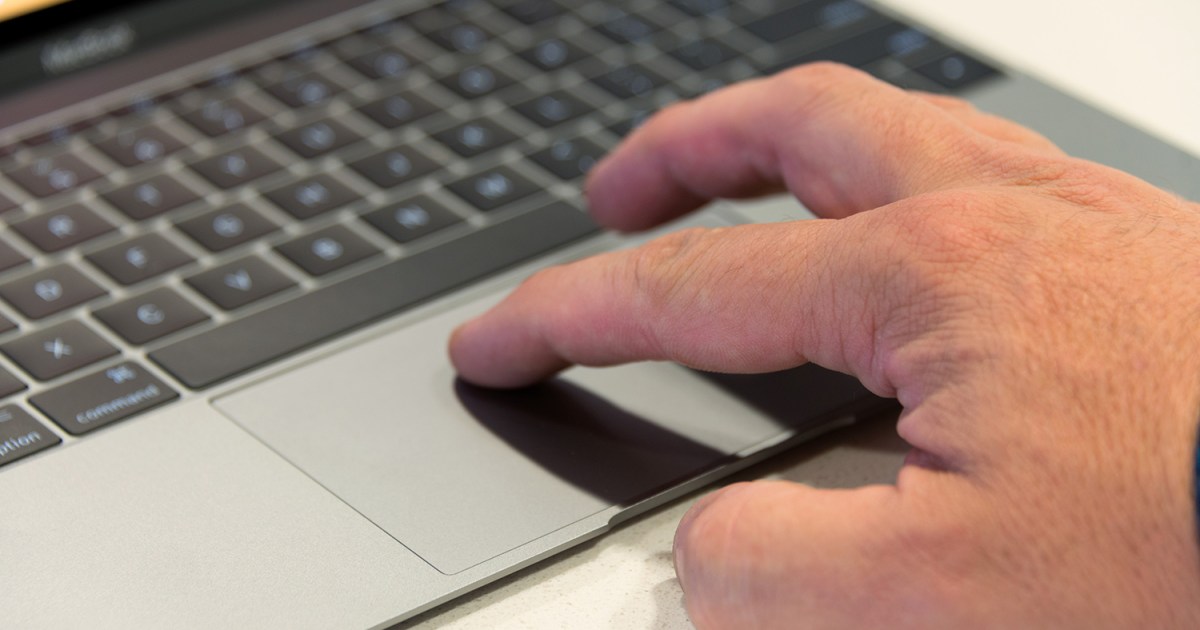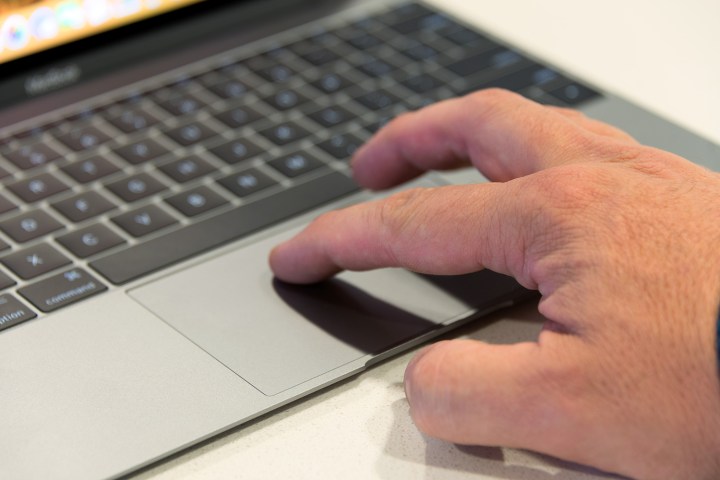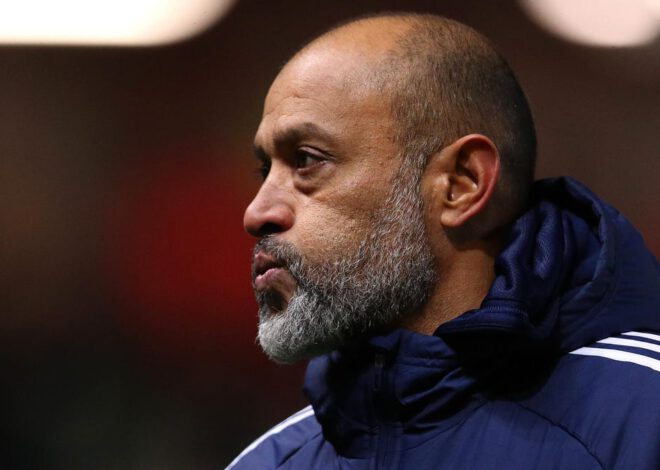
Apple Won’t Be Making a Mac With a Touchscreen
 Bill Roberson/DIgital Trends
Bill Roberson/DIgital Trends
While Apple announced that iOS apps will be coming to the Mac late next year, users hoping that Apple would release a MacOS-powered laptop, convertible, or tablet with a touchscreen shouldn’t hold their breath. The closest thing you’ll get to a touchscreen on Apple’s MacOS experience is the Touch Bar on the MacBook Pro, and that will be the case for the foreseeable future.
“We really feel that the ergonomics of using a Mac are that your hands are rested on a surface, and that lifting your arm up to poke a screen is a pretty fatiguing thing to do,” Craig Federighi, Apple senior vice president of software engineering, said in an interview with Wired.
Apple used the same justification in the past for reserving touchscreens for iPads, highlighting that MacOS is designed around the keyboard and mouse experience. However, when Federighi announced that iOS apps will be allowed to run on MacOS — provided that developers make some minimal adjustments to the code of the apps — consumers watching the WWDC keynote earlier this week were hopeful that Apple had softened its position. That appears not to be the case after examining the keynote message.
In bringing iOS apps to MacOS Mojave, Federeghi said during his WWDC presentation that Apple has “adapted them to specific Mac behaviors, like use of trackpads and mouse, windows resizing, and the integration of copy and paste and drag and drop into the system services on the Mac.” There was no mention of adding touchscreen support to make iOS apps work better on a Mac. Rather, developers must tweak these iOS apps to account for the different input interactions on a Mac.
“iOS and MacOS devices are different,” Federighi said. “The user interfaces are different.” Apple’s position is starkly different than the approach that rivals Google and Microsoft are taking. As an adopter of the touchscreen on its Surface line of PCs, Microsoft’s Universal Windows Platform, or UWP, apps work across multiple form factors — Xbox, PCs, laptops, and phones — and can be used with touch or manipulated with a keyboard and mouse. Similarly, Google’s Pixelbook also comes with a touchscreen, which comes in handy when running Android apps on Chrome OS.
And even though Google’s Android platform allows users to attach either a wired or wireless mouse to control the operating system, you cannot do the same with iOS, further highlighting the different approaches that Apple takes for its operating systems. On iOS, you can attach a keyboard, but you cannot use a mouse. This makes tasks like typing easier on an iPad Pro, but navigating iOS can still feel tiresome.


